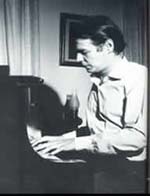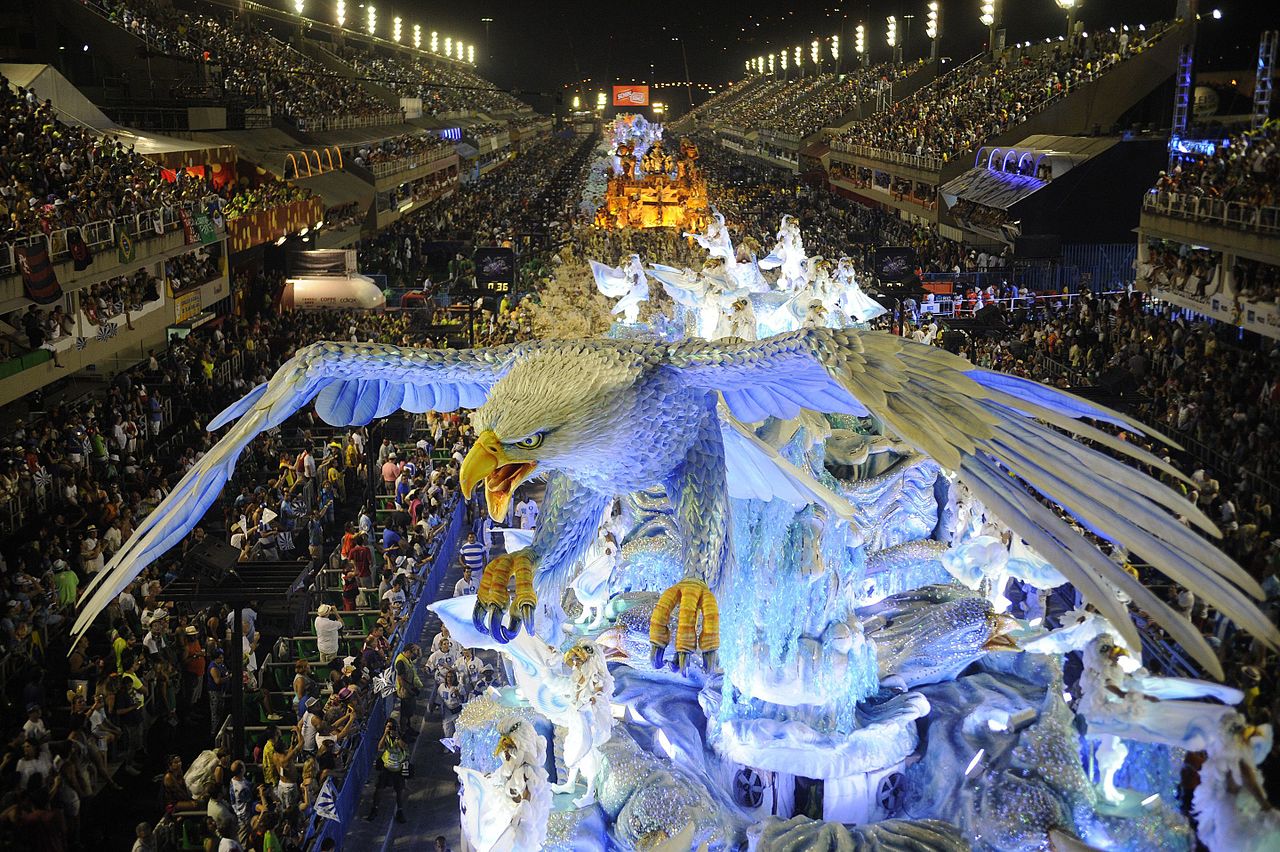
Europeans and Africans in Latin America
Like the indigenous peoples trained by the missionaries, some transplanted Africans became fluent in European musical styles. Inácio Parreiras Neves (1730-1791), who lived in Brazil in the eighteenth century and belonged to a brotherhood for freed slaves, composed choral music for various churches. An early nineteenth-century composer, Manuel Dias de Oliveira (1764-1837), also composed church music, including a rather unusual "Miserere," a hymn to the Virgin Mary, which features a long passage for solo female voice and an unidentified instrument (some ensembles use a horn); this unusual use of voice and instruments prompted some members of the clergy to complain.
Composer: 0
-
"Miserere"
African influences also found their way back to Europe: the zarambeque, which was danced in Mexico by black slaves, contains elements of African music.
Some Brazilian vernacular genres popular today can be traced to African roots. Foremost among these is the samba. Originally, the term "samba" referred to the choreography of certain circle dances from Angola and the Congo. Prior to the twentieth century, samba in the New World involved call-and-response singing; dancers would invite one another to dance via the umbigada, a mutual touching of belly-buttons. Gradually, the samba became urbanized: in 1917, the samba Pelo Telefone (By Phone) was recorded and samba schools (escolas de samba) began to be founded.
Especially prominent in the favelas-slums surrounding Rio de Janeiro-these schools prepared their generally black and mixed-raced membership to parade during Carnival (Mardi Gras). Eventually, some musicians began to complain that the samba had become too much of a tourist commodity and new varieties of samba, such as the samba-reggae, were developed.
The 1950s saw the advent of the bossa nova, a style created by Vinicius de Moraes, Antonio Carlos Jobim, and João Gilberto. Like the samba, bossa nova quickly became an internationally recognized Brazilian musical expression. The bossa nova adapts some of the samba's rhythms but in general the music is more complex and less percussive, as is evident in the famous bossa nova "La Garota de Ipanema" ("The Girl From Ipanema"). In this song, a young man gazes at an attractive young woman as she walks across the sands of Ipanema, one of Rio's magnificent beaches. The melody corresponds to the rhythms of natural speech, even to the point of conveying his sighs.

Antonio Carlos Jobim
Composer: 0
-
"The Girl from Ipanema"
Bossa nova became quite popular in the United States, with the help of recordings by influential artists including Frank Sinatra, Stan Getz, and the African-American jazz singer Ella Fitzgerald, whose rendering of "Desafinado" ("Out of Tune"), another of Jobim's masterpieces, is especially poignant.





'Anti' is the likely origin of the word 'Andes', Spanish conquerors generalized the term and named all the mountain chain as 'Andes', instead of only the eastern region, as it was the case in Inca era.






